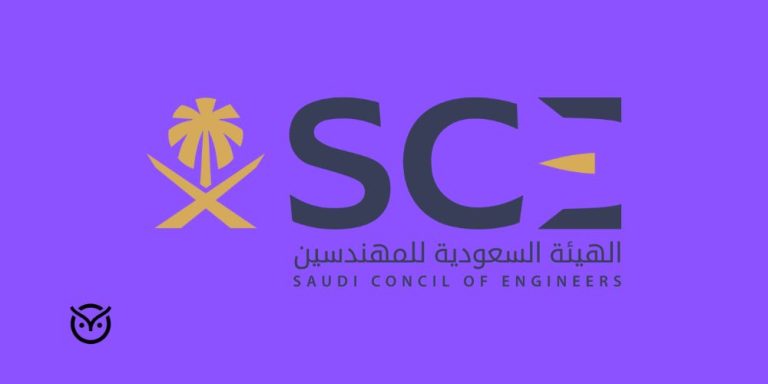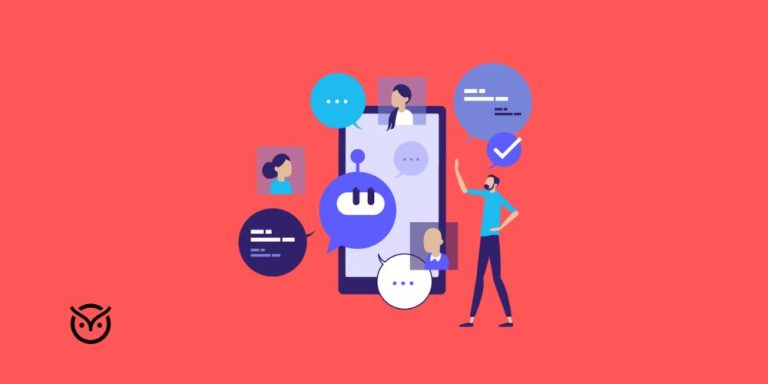How Interview Transcripts Save Recruiters Hours of Note-Taking
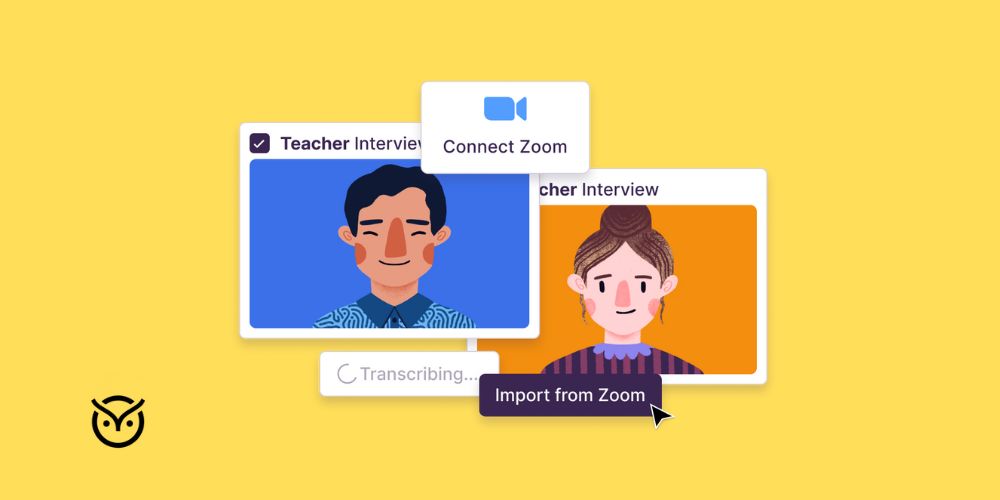
TL;DR
- Interview transcripts capture every word, saving hours of manual documentation.
- With interview transcription software, teams get instant, searchable records.
- AI-generated transcripts boost fairness, accuracy, and compliance in hiring.
- Using transcripts allows recruiters to focus on conversations, not keyboards.
Picture this: A recruiter juggling questions, scribbling notes, and trying to sound attentive, all in a 30-minute panel interview. By the end, they’ve got half a page of rushed scribbles and zero recall of tone, emotion, or nuance. Multiply that by ten interviews a day and suddenly note-taking feels like a full-time job.
That’s where interview transcripts step in. They automatically capture every word, pause, and pitch, creating a sample interview transcript you can revisit anytime. In this blog, you’ll see how transcripts make hiring smarter, faster, and more human by freeing recruiters from the constant note grind while improving interview preparation and post-interview collaboration.
Why Do Recruiters Spend So Much Time on Note-Taking?

Recruiters are humans processing complex information while evaluating candidates in real time. HR teams (including talent acquisition) spend up to 57% of their time on administrative tasks, which pulls attention away from live candidate conversations. The result? Missed cues, half-remembered quotes, and inconsistent evaluation notes that lead to biased decisions.
Manual note-taking also stretches the hiring cycle. Imagine reclaiming that time for candidate engagement instead of document formatting.
And let’s be honest, after hours of back-to-back interviews, handwritten notes often blur together. By the time hiring discussions happen, no one remembers the full story behind a candidate’s response. This is why more teams are now relying on transcripts from interview recordings instead of handwritten pages that never quite capture the full picture.
Note-Taking Overload Simulator
You are in a live interview. A candidate is answering. Decide when to take notes and when to keep listening. Every second you take notes, you miss part of the answer.
What Are Interview Transcripts and How Do They Work for Recruiters?
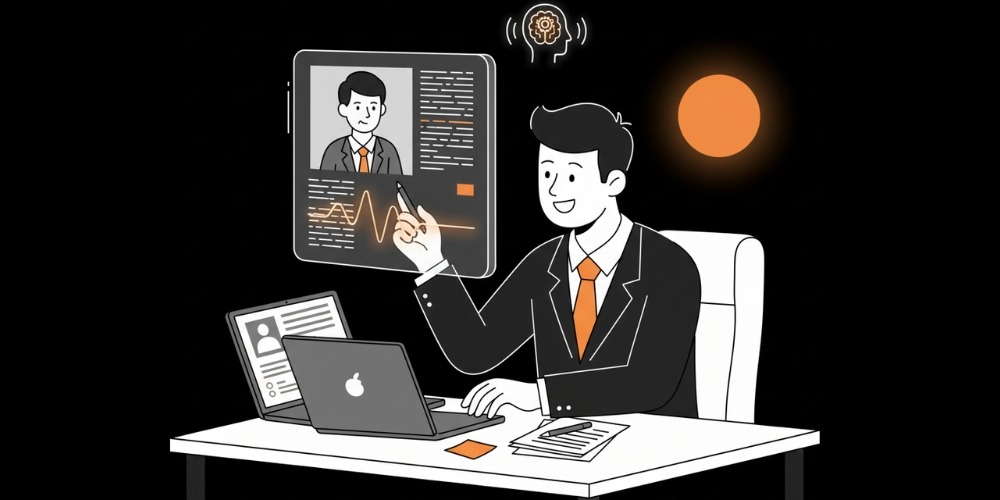
In simple terms, an interview transcript is a written record of a spoken conversation between the recruiter and candidate. It captures every word, making it far more reliable than selective note-taking. Modern tools generate these automatically through interview transcription software, turning voice into text in real time.
Recruiters can also use templates like an interview transcript format or an interview transcript template to structure these documents consistently. An example of interview transcript format might include speaker labels (Interviewer, Candidate), timestamps, and contextual notes.
Here’s a quick example interview transcript snippet to visualize it:
Example of a transcript of an interview
- Interviewer: Tell me about a time you resolved a team conflict.
- Candidate: In my last project, two teammates disagreed on the design direction. I scheduled a mediation session and proposed criteria to evaluate both ideas.
This sample of transcript of interview format makes it easy for hiring panels to review exact responses without misquotes and guesswork.
For teams creating internal standards, having a format for interview transcript ensures consistency across all recruiters. Wondering how to write transcript for interview manually? Simple, use a transcript of an interview example as a reference.
Transcript Builder Puzzle
Drag the tiles into the correct interview order. Goal: Recruiter question → Candidate answer with timestamps in sequence. When you solve it, you’ll reveal a clean, reusable interview transcript format.
Tiles
Drag to slots, or click a tile then click a slot.
Arrange in order
Interview Transcript — Clean Format
How Do Interview Transcripts Improve Recruiter Productivity?
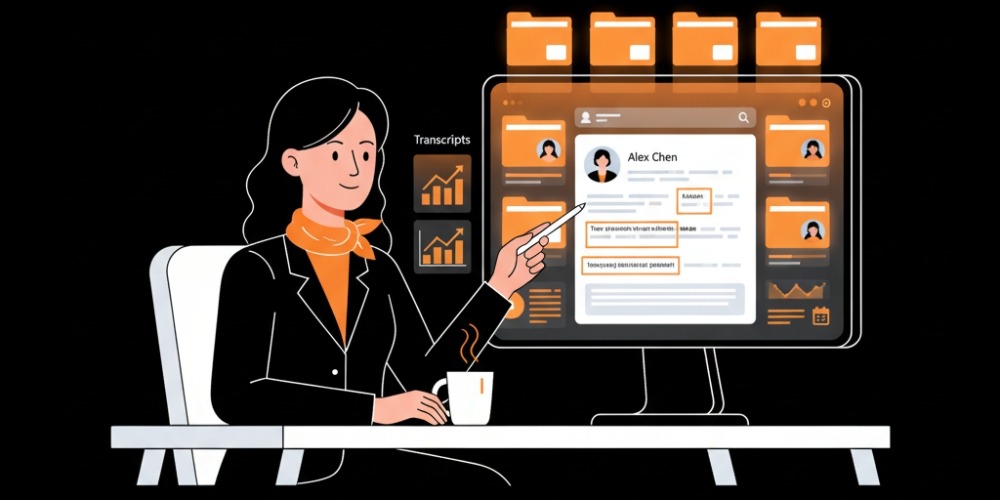
Every recruiter knows the post-interview backlog too well, such as hours spent rewriting notes, aligning feedback, and compiling reports. Interview transcripts remove that entirely. Instead of typing summaries, recruiters can skim searchable text, highlight insights, and share instant excerpts.
Plus, transcripts improve fairness. By reviewing a sample interview transcript, hiring teams can cross-check decisions against actual candidate responses, reducing recall bias. The same document also supports compliance reviews, which are a growing concern as data privacy and anti-discrimination regulations tighten globally.
For recruiters who want a structured evaluation, knowing how to format an interview transcript properly ensures clarity when sharing notes across hiring panels. A well-documented interview transcript layout makes collaboration faster, avoiding the classic “who said what” confusion.
Productivity Meter
Move the slider to see how productivity rises as manual note-taking decreases.
Do Interview Transcripts Help Recruiters Save Time After the Interview Too?
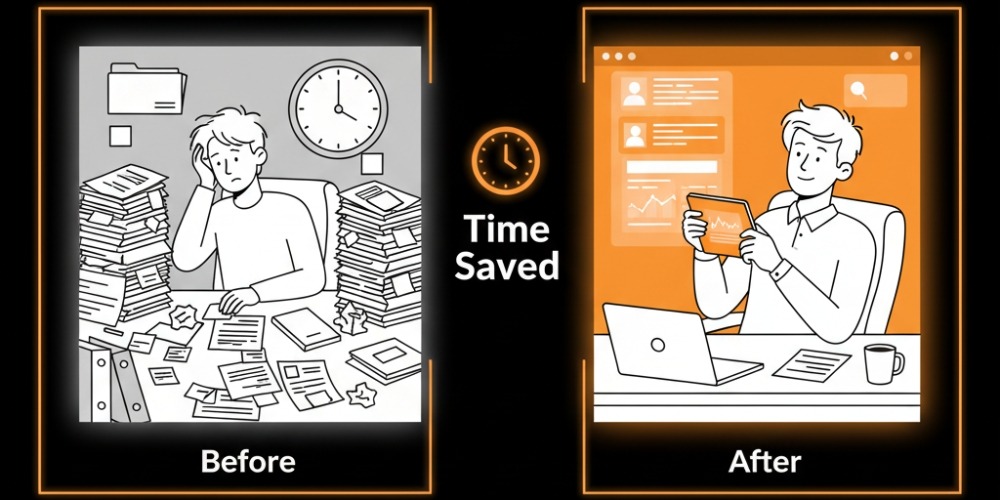
Absolutely, and this is where the real payoff begins. Once the conversation ends, the hard part usually starts: decoding messy notes, syncing feedback, and preparing summaries for the panel interview. With interview transcripts, all that heavy lifting disappears.
Recruiters can instantly search for keywords, skim through answers, and even share highlights with hiring managers in minutes. No more back-and-forth trying to remember who said what.
It also improves candidate experience. Instead of keeping applicants waiting while teams align their notes, recruiters can send quick follow-ups or move candidates forward on the same day. Having a transcript from interview makes collaboration across time zones easier, especially when different stakeholders join interviews at different stages.
And for recruiters managing bulk hiring, having a sample interview transcript helps standardize evaluations. They can refer to identical interview transcript format templates, ensuring fairness across all candidates without rewriting everything from scratch.
Before & After Workflow Flip Cards
Hover or tap each card to compare “Before Transcripts” vs “After Transcripts.” Use the buttons to flip all at once or reset. Watch the time you save rise.
Before Transcripts
- Sifting through scribbles to draft emails
- Missing exact phrasing from candidate answers
- Delayed follow-ups across time zones
After Transcripts
- One-click quotes from searchable text
- Auto summaries for email drafts
- Faster replies with consistent details
Before Transcripts
- Manual recap after back-to-back calls
- Memory gaps and conflicting notes
- Slow handoffs to hiring managers
After Transcripts
- Instant debrief packs with highlights
- Exact quotes reduce misinterpretation
- Shared link replaces long emails
Before Transcripts
- “Who said what?” in every review
- Subjective recall drives decisions
- Extra meetings to sync context
After Transcripts
- Shared source of truth for answers
- Search by topic, skill, or question
- Faster consensus with less back-and-forth
Before Transcripts
- Manual note clean-up for each reviewer
- Inconsistent formats across the team
- Slow approvals and offer delays
After Transcripts
- Standard templates auto-filled from text
- Tag highlights and @mention reviewers
- Faster decisions and clearer audit trail
What Are the Hidden Benefits of Using Transcripts?
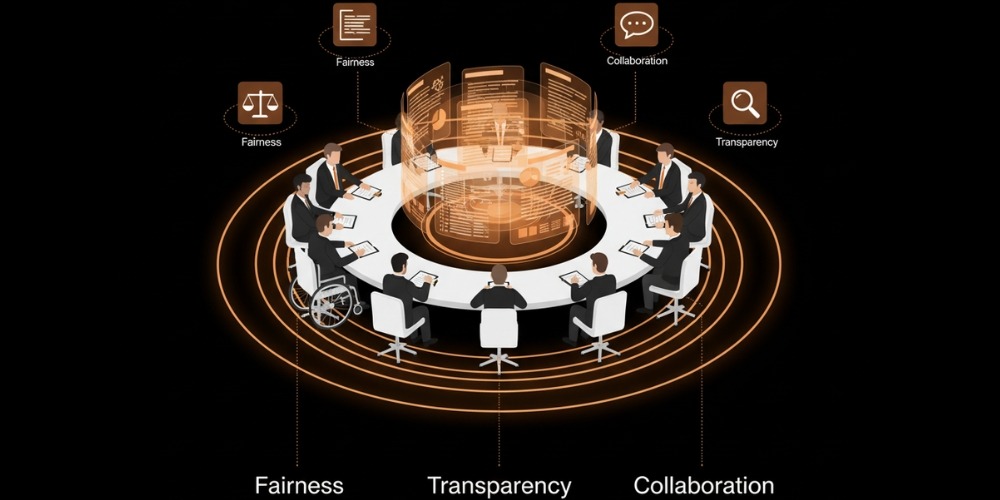
While time savings grab the headlines, the real benefits of interview transcripts go deeper.
First, they enhance accuracy. Every word, tone, and context is preserved, which means fewer misinterpretations. Recruiters often find themselves re-evaluating candidates positively after revisiting an example interview transcript that revealed nuances missed in real time.
Second, they improve team alignment. By sharing a sample of transcript of interview, recruiters and hiring managers can compare feedback based on the same facts instead of fragmented notes. This not only streamlines decision-making but also reduces unconscious bias during evaluations.
Third, they strengthen interview preparation for future sessions. Reviewing examples of transcripts from interviews helps recruiters identify which questions sparked the best responses. It’s like watching your own game tape and learning what worked and what didn’t.
Then comes the legal side. Transcripts provide a transparent record for audit and compliance checks. When hiring decisions are questioned, being able to present an example of a transcript of an interview proves that evaluations were fair and factual. This can protect companies during disputes or compliance reviews.
Lastly, interview transcription software often integrates directly with applicant tracking systems. This means recruiters can tag, filter, and archive conversations easily. For those wondering what is a transcription for an interview, think of it as your safety net. A searchable memory that never fades.
Conclusion
Recruiters waste too many hours typing what technology can capture in seconds. Interview transcripts turn chaos into clarity by recording every detail without distraction. From saving hours on manual notes to improving compliance, the benefits extend far beyond convenience.
As automation reshapes recruiting, embracing interview transcription software is no longer optional. It’s strategic. It’s how modern hiring teams balance speed with fairness, accuracy with empathy, and compliance with efficiency. And it all starts with one simple habit: recording smarter, not writing harder.
FAQs
Start by using a reliable interview transcript template or a pre-built format for interview transcript in your documentation tool. Record the interview (with consent), upload the audio or video file to your chosen transcription platform and verify that timestamps and speaker labels are correctly assigned.
Yes. Today’s AI transcription platforms like Otter.ai and Fireflies.ai offer impressive accuracy, even in complex multi-speaker sessions. Once trained with your interview transcript layout, they handle most formatting automatically. Just review the output for any context-specific corrections.
Manual notes consume hours that could be spent engaging candidates. Subscription-based transcription tools cost a fraction of recruiter time while delivering consistent results. Over time, the reduced need for rewrites and missed details makes them a net cost saver.
A transcript of an interview example offers a factual record of what was said during interviews. This helps companies maintain transparency, defend hiring decisions if challenged and comply with equal opportunity, data retention and privacy regulations.

